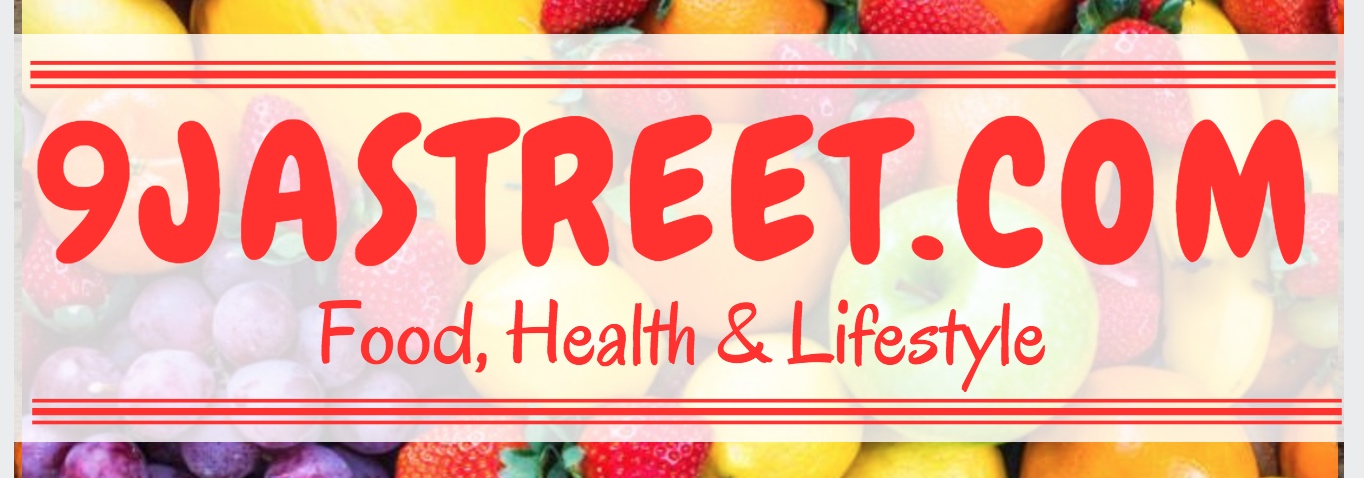Even i myself has fallen victim.. Most at times you know food packaging may be misleading from time to time, but a new study shines some light on just how bad it can be.

Packing of foods claims and nutrition labels can be downright confusing and misleading. “Low fat,” “100% whole grain,” “high fiber,” “gluten free,” “organic” these are just a few of the many front of package marketing claims that bombard consumers as they grapple with food selections and try to figure out those nutrition labels. Researchers looked at more than 2,000 prepared meals and cereals for a Journal of Food Science study, they found that the type and number of claims on the package didn’t actually have much to do with the nutritional quality. Here are five tips to help you shop healthier.
Eat intuitively
Forget about the idea of good and bad foods as well as one-size-fits-all serving sizes. Redefine your relationship with food. Focus your intentions on nourishing your body with wholesome foods. Eat when you’re hungry and stop when you’re satisfied. Eat with gratitude and savor each bite. You’ll find that you’re far more satisfied no matter the food choice.
Stick to the serving size
This misinterpretation of the food label and nutrition information may cause you to assume a food is healthy when, in fact, it is not. The serving size listed on the nutrition label is often lower than the amount of food you’d actually consume. Try this: Pour out what you would consider your “normal” portion of cereal. Now, grab a measuring cup and measure exact how much you’re eating. Compare that to the serving size listed on the package. Was it close?
Always ignore the front of the package.
They’re always an advertisement. Self best bet for understanding the quality of the ingredients in the box is to head straight to the ingredient list. Then check out the nutrition label. You can use front-of-package claims to narrow down food categories like gluten-free or organic but remind yourself that those labels don’t guarantee that the food is healthy.
Investigate the Ingredients.
Check out the ingredient list and ask yourself the following questions: “How would I make this at home?” “Can I buy all the ingredients in the grocery store?” This is a good first step toward eliminating the less-than-healthy ingredients that may lurk in processed foods.
Choose whole foods.
The easy way to escape the confusion of the packaged food aisle is to eat a diet that mostly consists of whole foods. Whole foods are often more nutrient dense than their highly processed counterparts. Plus they’re rarely wearing a nutrition claim. When was the last time you grabbed an orange that was wrapped in an advertisement touting its high fiber and antioxidant content?
Eating well is necessary for a good health.
